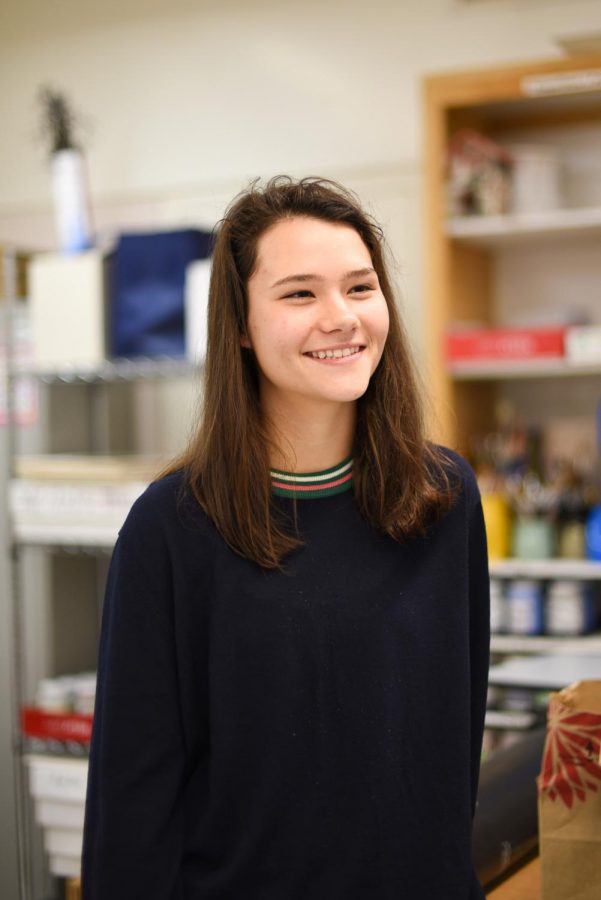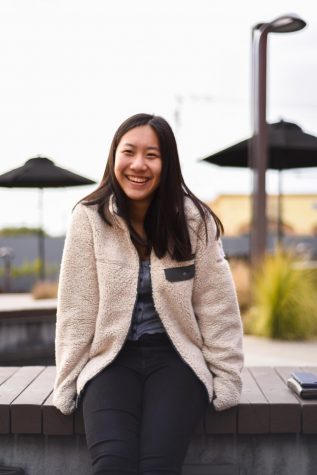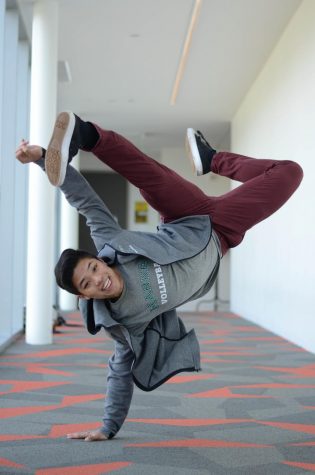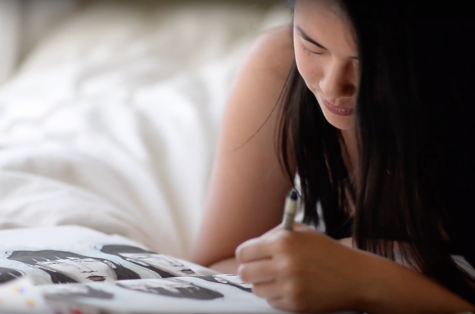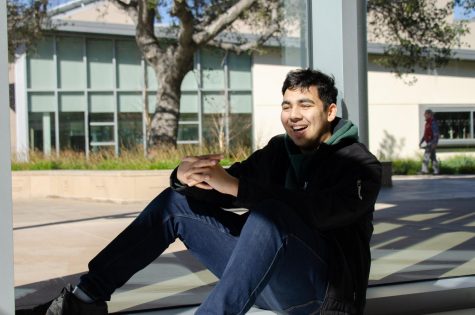Humans of Harker: To paint a story
Elizaveta Egorova creates meaning through authenticity
“This [artwork of his is a] really simple style, but it conveys this emotion of solitude and loneliness [that] I’m not sure how to explain. For my concentration, I would take photographs of modern places and paint in [Edward Hopper’s] style. I like to control every stroke that I paint, so that’s why I like it,” said Elizaveta Egorova (12).
Cradling her injured wrist in her lap, Elizaveta Egorova (12) leans over her laptop, using a Computer Aided Design program to sketch a device, which she calls a “slider,” that would help her move her cast around on a table and write with a torn ligament. The main part of this product is composed of a white plastic formation that snugly encircles a cast with two straps to secure it. In just the course of a day, she finishes making and printing the 3-D gadget to use in class.
This functional invention isn’t the only thing that she has engineered. When Liza is faced with a problem, like difficulty writing with a wrist hurt in a tennis tournament, she creates a solution. Her friend Riya Singh (12), whom she met on the tennis team her freshman year, has noticed this trait of hers.
“She’s made a lot of different devices and gadgets that help solve a problem that she encounters. She takes problems and tries to tackle them and not let them weigh her down,” Riya said.
To her, creating and designing is like second nature. Often, she lets the process take over and ends up with a completely different and better product than she had originally imagined.
For one particular project, she planned to make a water bottle that lit up using computer design, but ended up creating a miniature light-up penguin water bottle instead. When room temperature water is poured into the slim black bottle, complete with eyes and an orange beak, the clear “belly” opening emits white. But when filled with hot water, the temperature sensor on the bottom of the bottle activates and the penguin changes color. With an appealing design and high functionality, this product showcases Liza’s thoughtfulness in her engineering.
When you first talk to Liza, you quickly learn that authenticity is a word that describes her perfectly. Whether it be talking about her day, how a class is going, or anything on her mind, she lets you know the truth and says it as it is.
“She is honest about her feelings, but in a good way. You know where you stand with her,” Mr. Silk, her advisor, said.
While you may be surprised by her candid demeanor, her openness about everything, big or small, quickly puts you at ease. When asked about her avid interest in art, she responds honestly while remaining humble.
“I’ve been drawing for a long time. I like to do things that I’m more or less good at,” she said.
The creativity that can be found in her engineering also shines through in her art. At first glance, her artwork may not seem to hold special meaning, but a deeper look reveals a story in each of her pieces.
“Even as a freshman, she was already thinking a lot about what she was trying to convey. It’s not like she just draws what she sees and draws realistically; she wants to tell a story,” her art teacher of three years, Ms. Aguero-Esparza, said.
In her digital drawing “The Rise of Technology,” a robot cashier serves a customer while a human cashier leans despondently with her arm propping up her head in the next checkout line over, suggesting the potential negative effects of technology. Liza tries her best to put meaning in her artworks, using art as a medium to express important ideas. One of the artists she looks up to, American painter Edward Hopper, paints in the kind of simple yet meaningful way that she aims to emulate.
“This [artwork of his is a] really simple style, but it conveys this emotion of solitude and loneliness [that] I’m not sure how to explain. For my concentration, I would take photographs of modern places and paint in [Edward Hopper’s] style. I like to control every stroke that I paint, so that’s why I like it,” she said.

Lucy Ge (12) is the co-managing editor of Harker Aquila with a focus on equity and outreach, and this is her fourth year on staff. Through journalism,...































![Setter Emma Lee (9) sets the ball to the middle during the match against Pinewood on Sept. 12. “[I’m looking forward to] getting more skilled, learning more about my position and also becoming better friends with all of my teammates, Emma said.](https://harkeraquila.com/wp-content/uploads/2023/09/DSC_4917-2-1200x795.jpg)








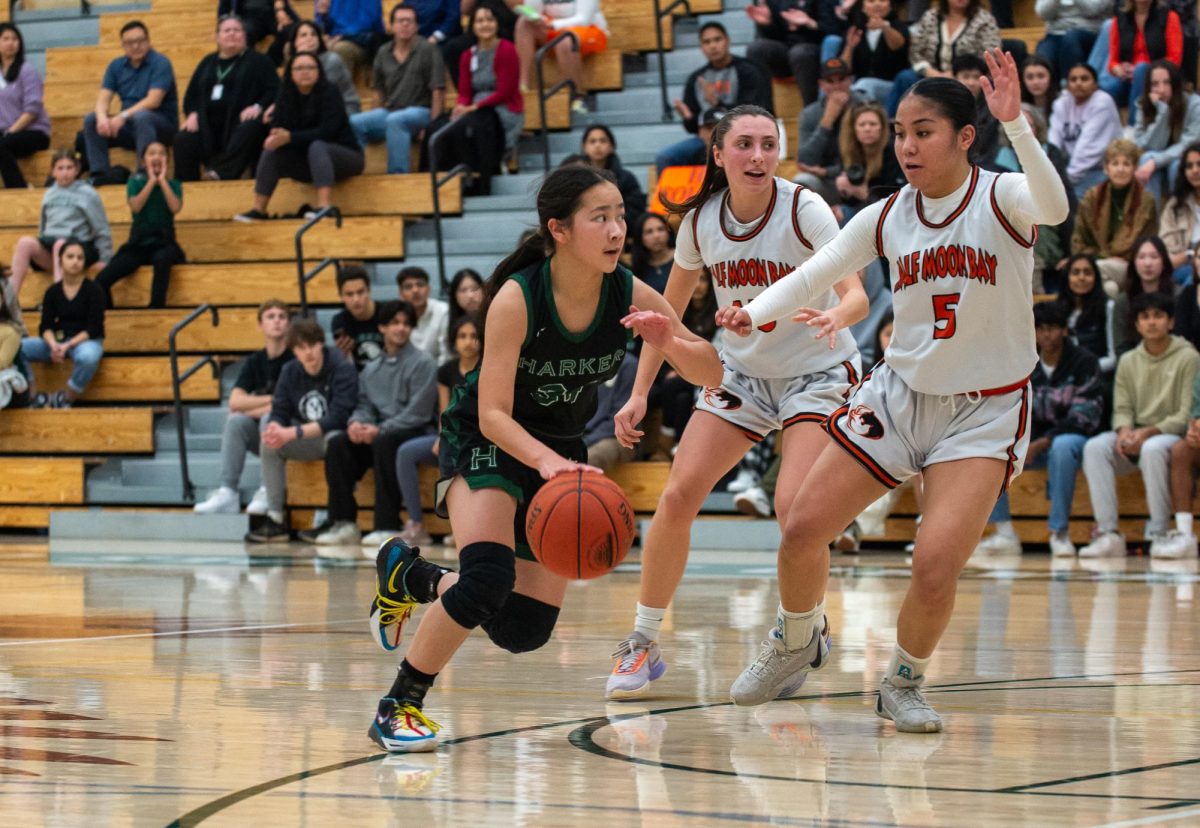























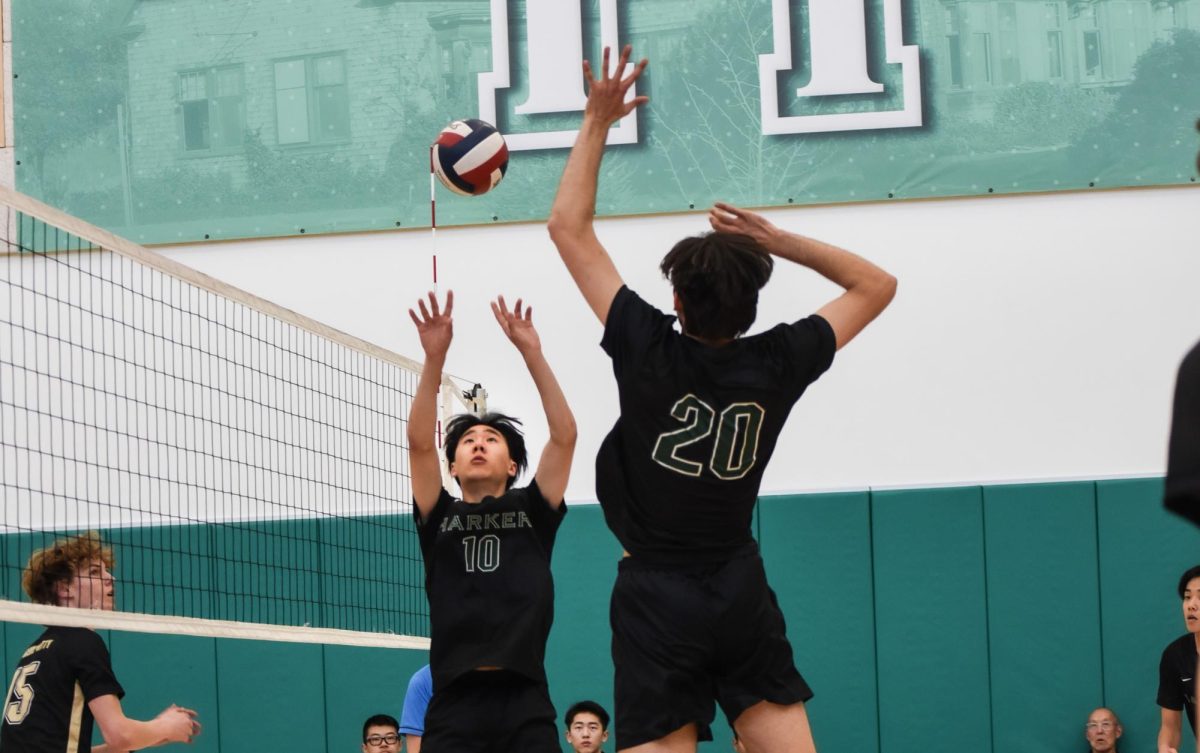
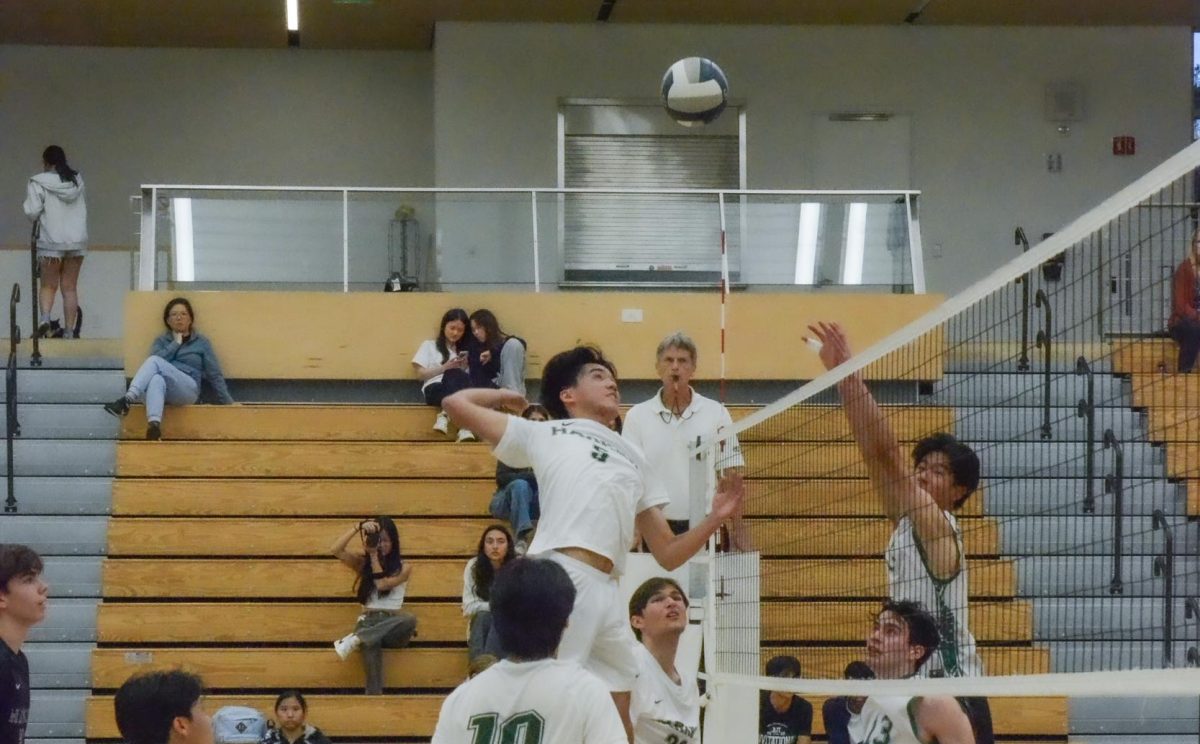


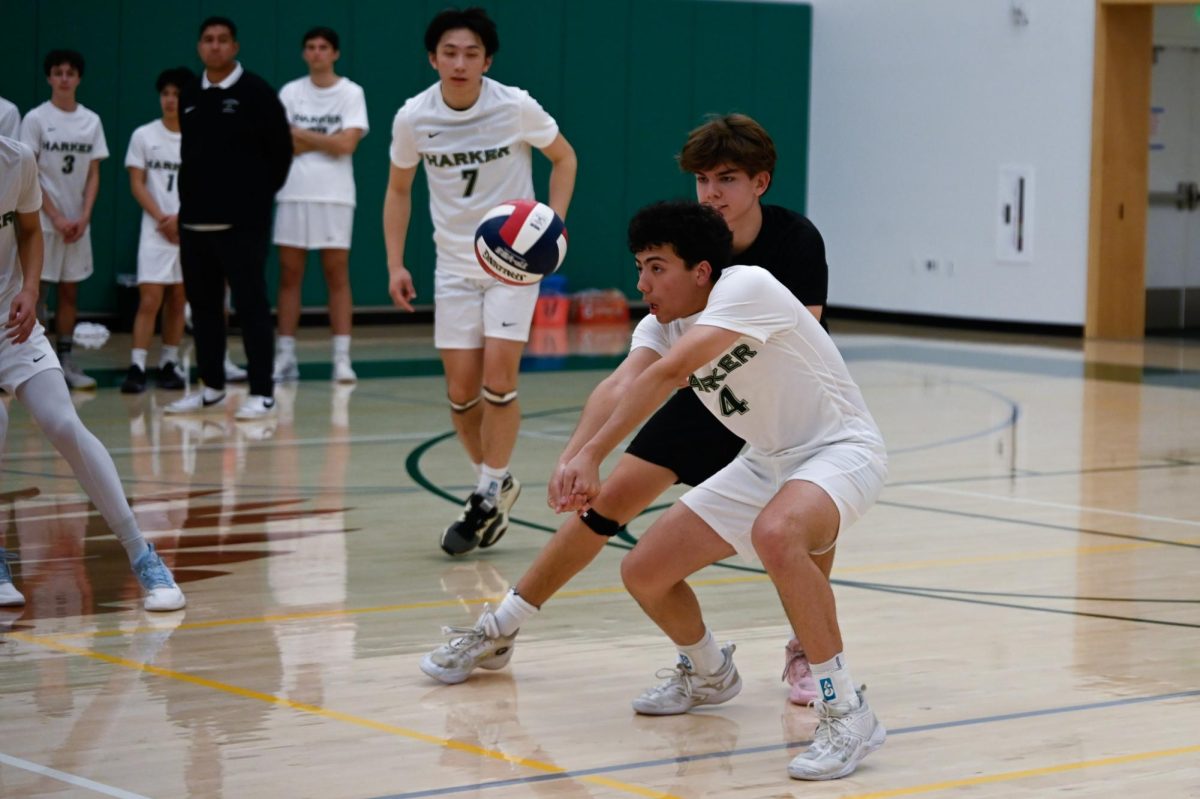




























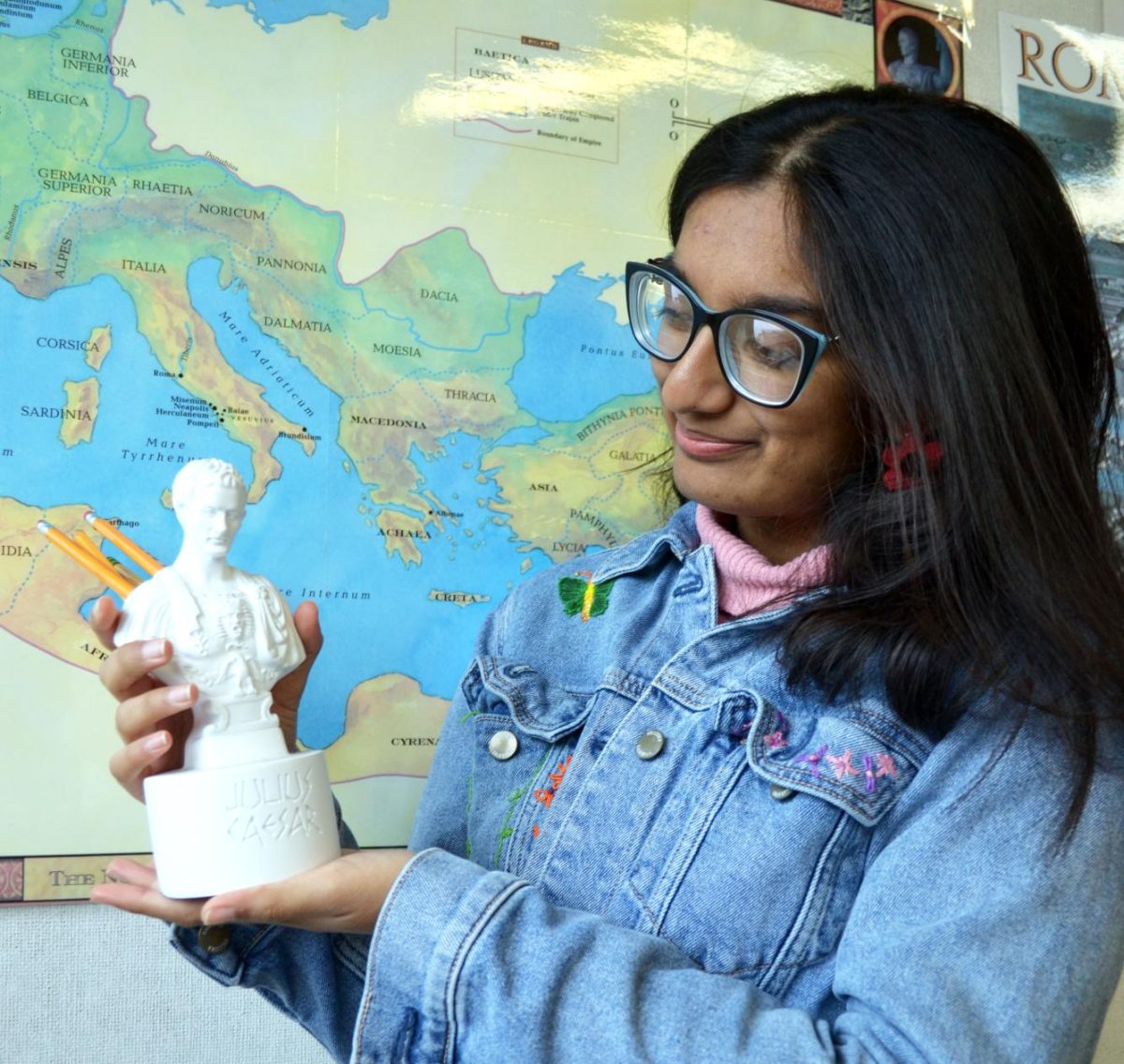
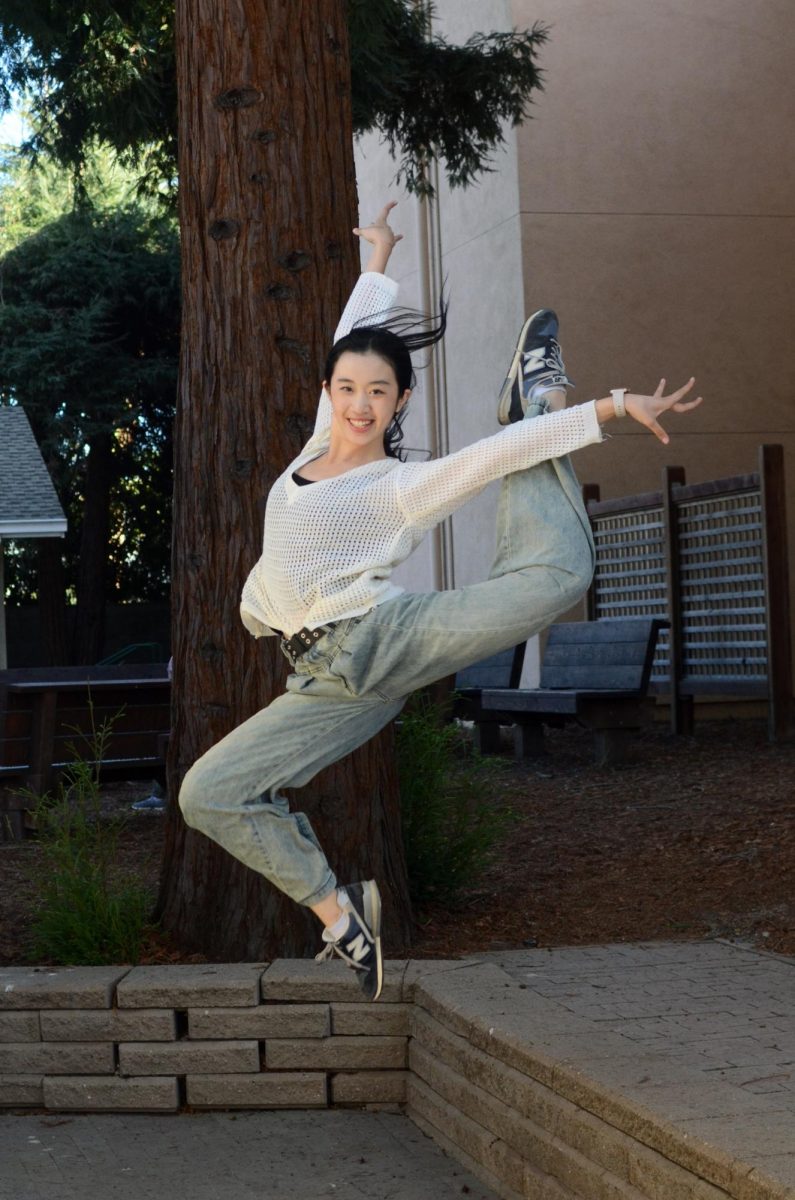
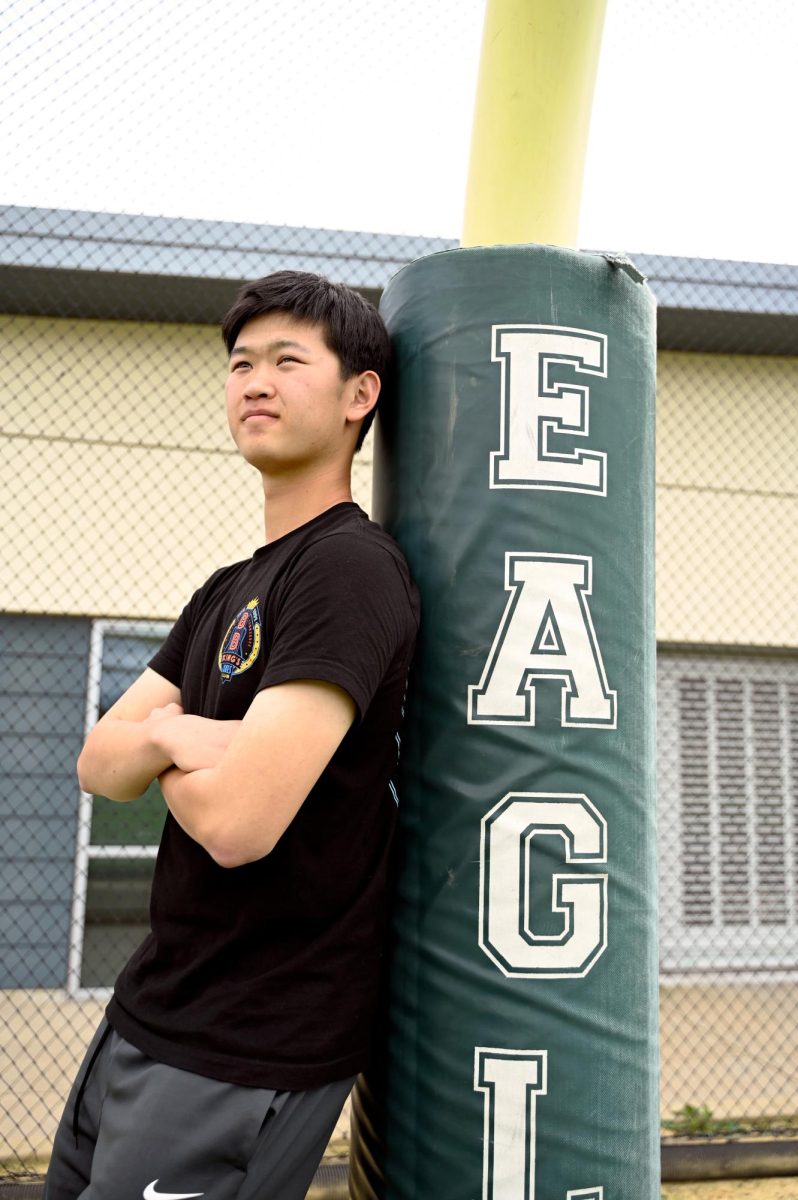
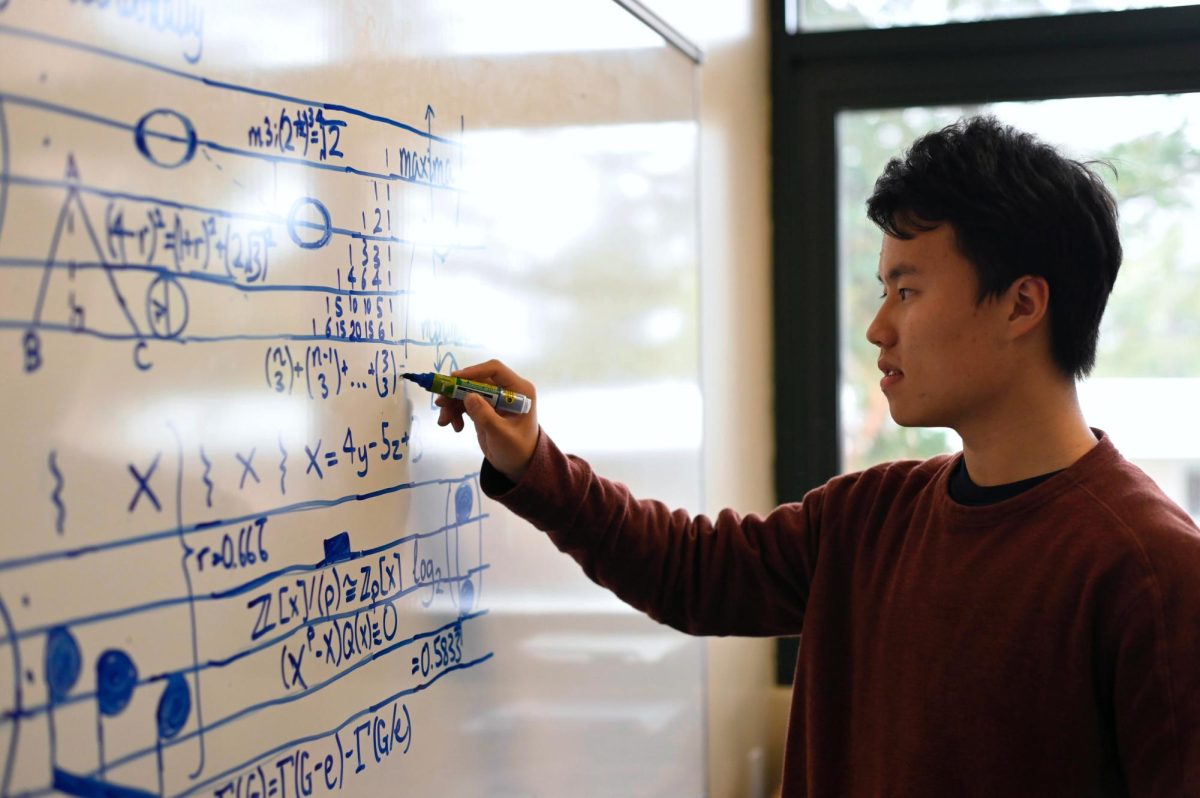
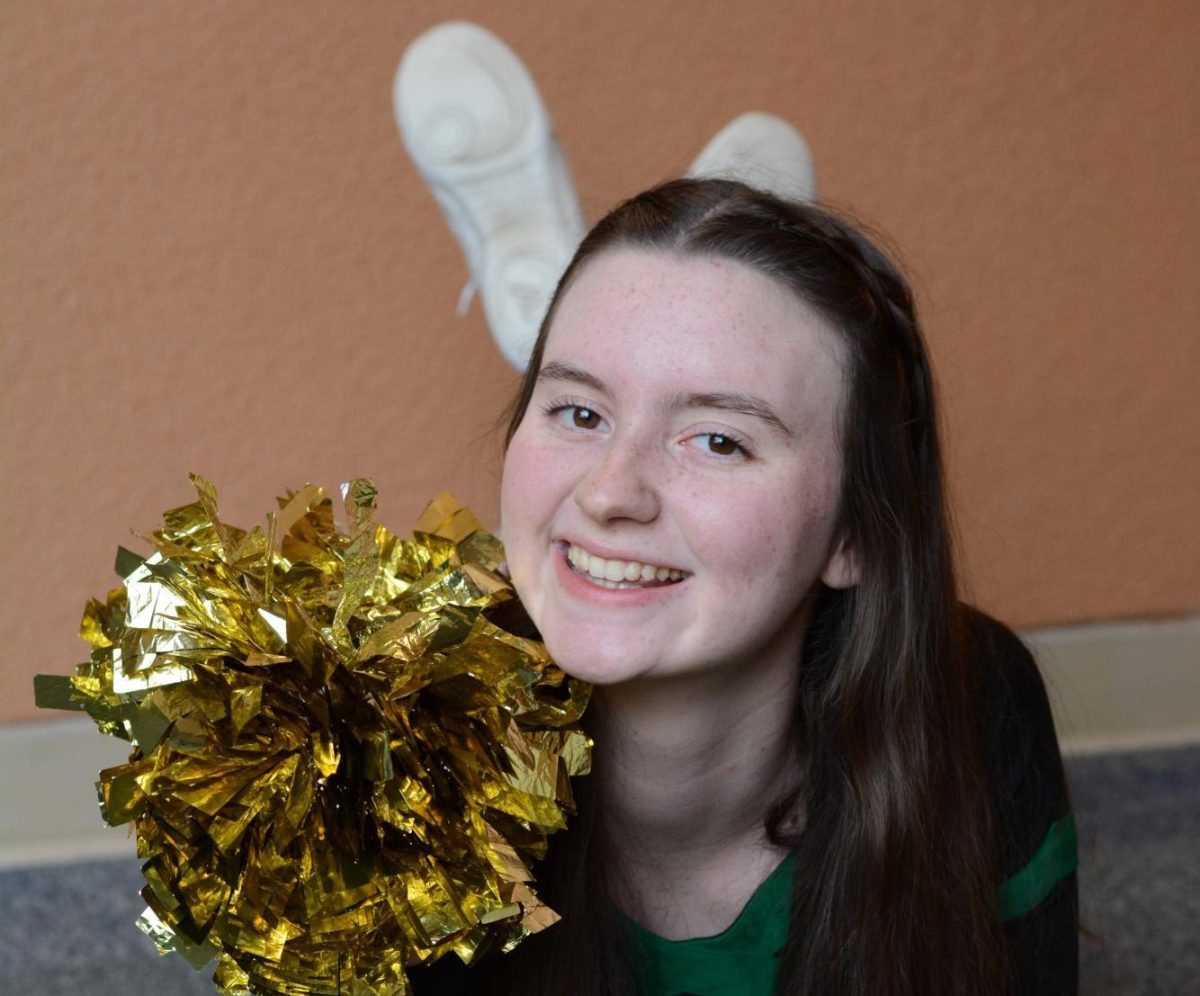








![“[Building nerf blasters] became this outlet of creativity for me that hasnt been matched by anything else. The process [of] making a build complete to your desire is such a painstakingly difficult process, but Ive had to learn from [the skills needed from] soldering to proper painting. Theres so many different options for everything, if you think about it, it exists. The best part is [that] if it doesnt exist, you can build it yourself, Ishaan Parate said.](https://harkeraquila.com/wp-content/uploads/2022/08/DSC_8149-900x604.jpg)


![“Animation just clicked in a way. I had been interested in art, but that felt different. [Animation] felt like it had something behind it, whereas previous things felt surface level. I wasnt making that crazy of things, but just the process of doing it was much more enjoyable, Carter Chadwick (22) said.](https://harkeraquila.com/wp-content/uploads/2022/08/Screen-Shot-2022-08-16-at-9.44.08-AM-900x598.png)


![“When I came into high school, I was ready to be a follower. But DECA was a game changer for me. It helped me overcome my fear of public speaking, and its played such a major role in who Ive become today. To be able to successfully lead a chapter of 150 students, an officer team and be one of the upperclassmen I once really admired is something Im [really] proud of,” Anvitha Tummala (21) said.](https://harkeraquila.com/wp-content/uploads/2021/07/Screen-Shot-2021-07-25-at-9.50.05-AM-900x594.png)



![“[Volleyball has] taught me how to fall correctly, and another thing it taught is that you don’t have to be the best at something to be good at it. If you just hit the ball in a smart way, then it still scores points and you’re good at it. You could be a background player and still make a much bigger impact on the team than you would think,” Anya Gert (’20) said.](https://harkeraquila.com/wp-content/uploads/2020/06/AnnaGert_JinTuan_HoHPhotoEdited-600x900.jpeg)

![“Im not nearly there yet, but [my confidence has] definitely been getting better since I was pretty shy and timid coming into Harker my freshman year. I know that theres a lot of people that are really confident in what they do, and I really admire them. Everyones so driven and that has really pushed me to kind of try to find my own place in high school and be more confident,” Alyssa Huang (’20) said.](https://harkeraquila.com/wp-content/uploads/2020/06/AlyssaHuang_EmilyChen_HoHPhoto-900x749.jpeg)













![“My slogan is ‘slow feet, don’t eat, and I’m hungry.’ You need to run fast to get where you are–you arent going to get those championships if you arent fast,” Angel Cervantes (12) said. “I want to do well in school on my tests and in track and win championships for my team. I live by that, [and] I can do that anywhere: in the classroom or on the field.”](https://harkeraquila.com/wp-content/uploads/2018/06/DSC5146-900x601.jpg)

![“I think getting up in the morning and having a sense of purpose [is exciting]. I think without a certain amount of drive, life is kind of obsolete and mundane, and I think having that every single day is what makes each day unique and kind of makes life exciting,” Neymika Jain (12) said.](https://harkeraquila.com/wp-content/uploads/2017/06/Screen-Shot-2017-06-03-at-4.54.16-PM.png)











